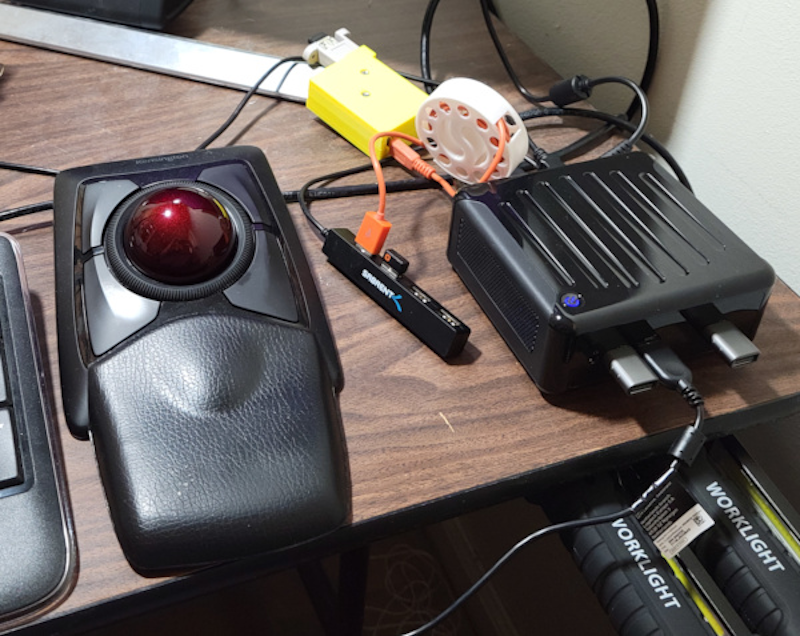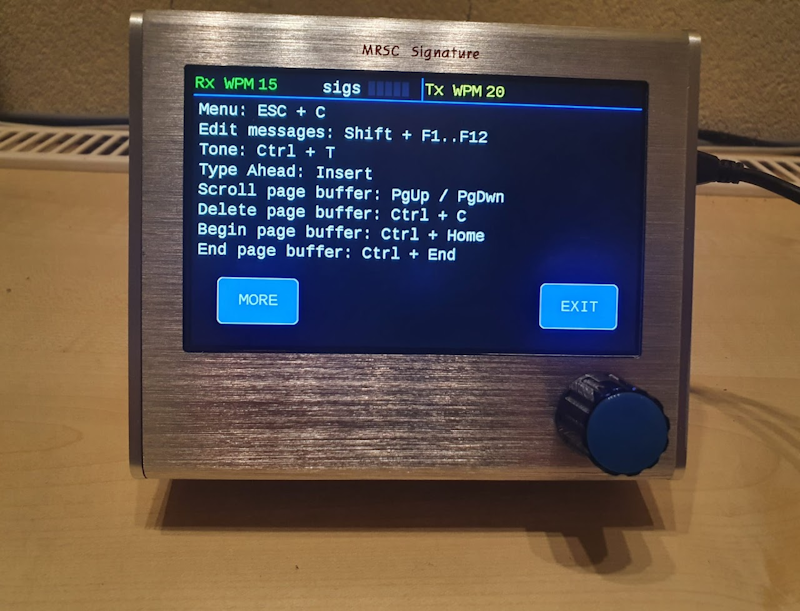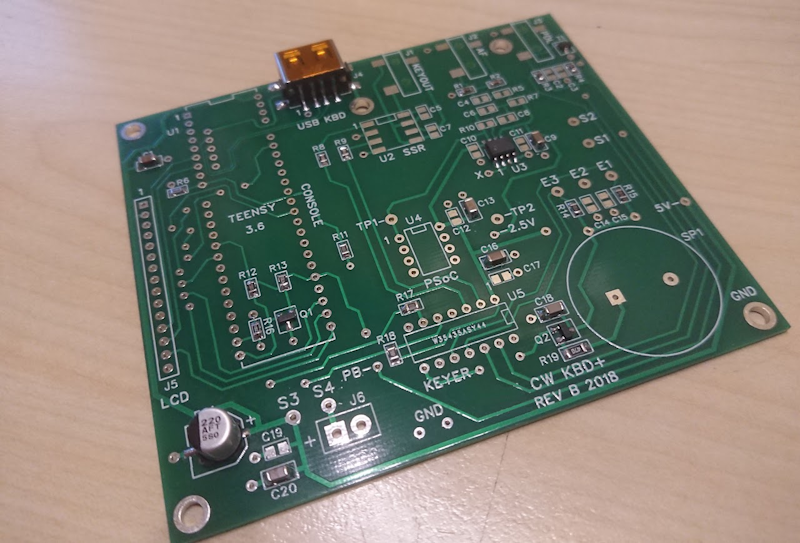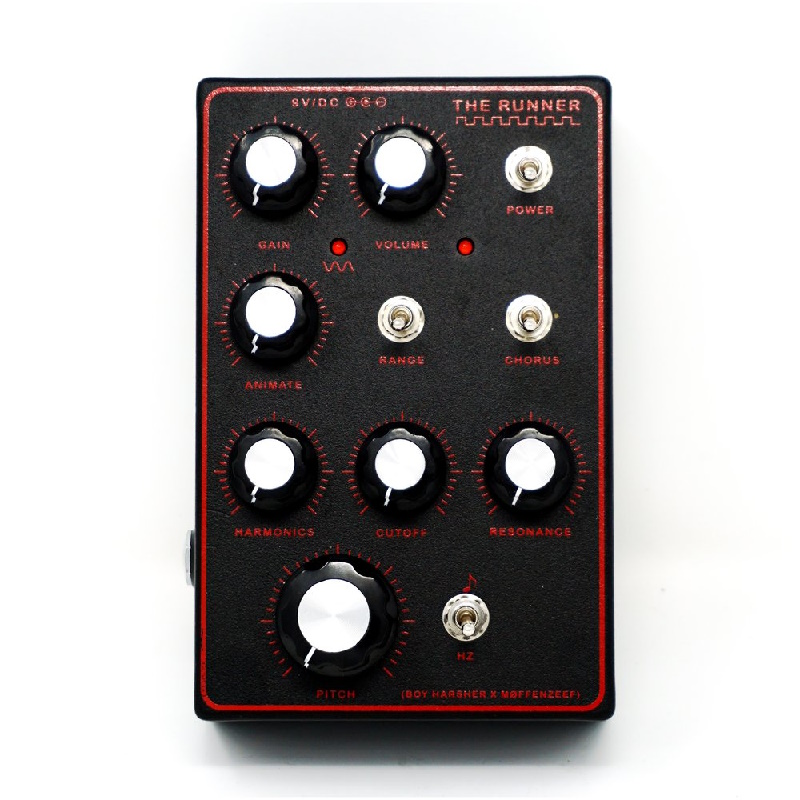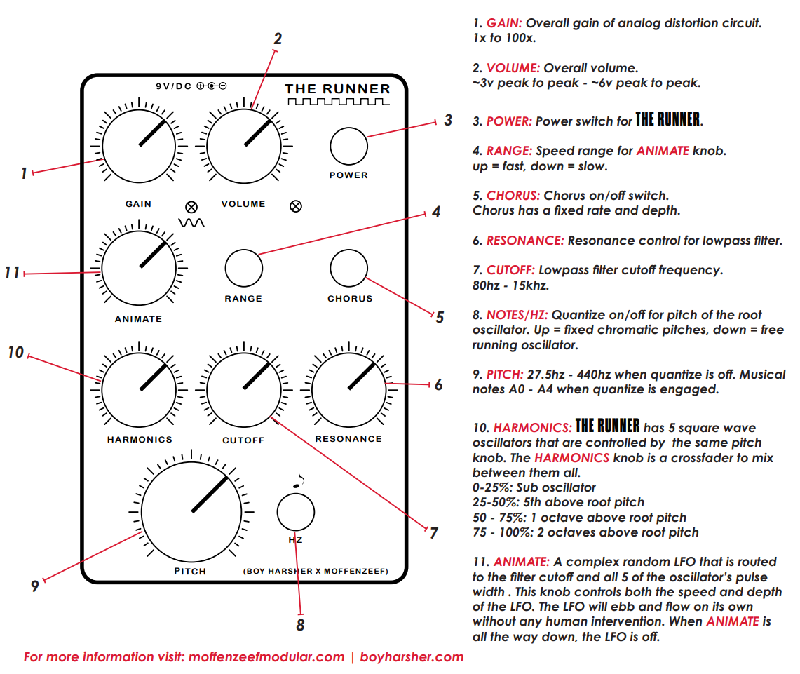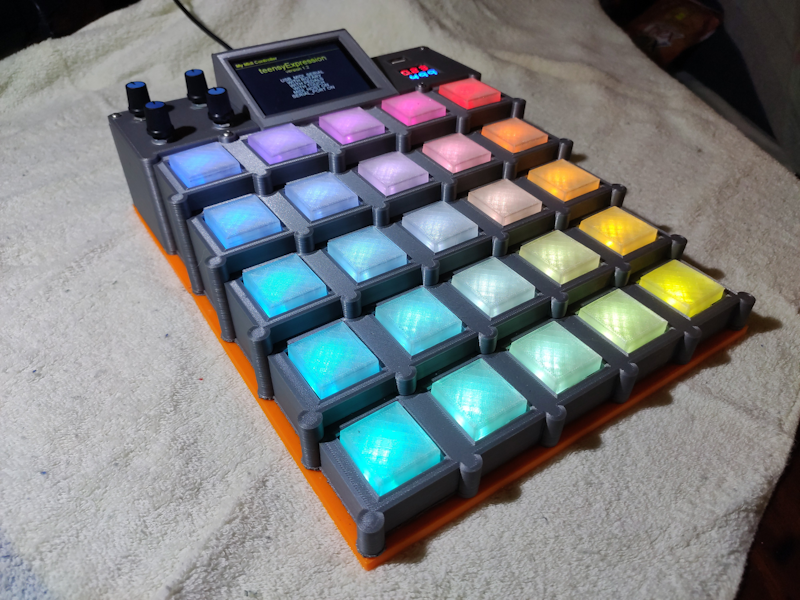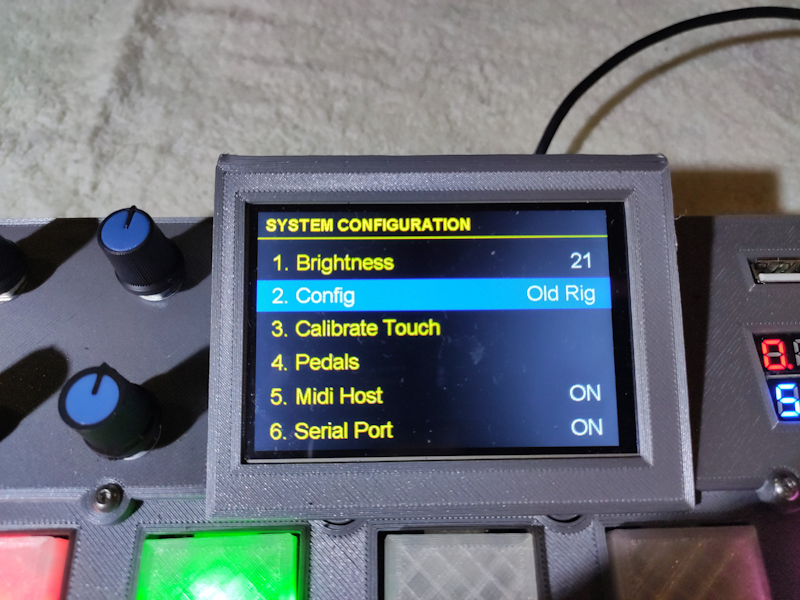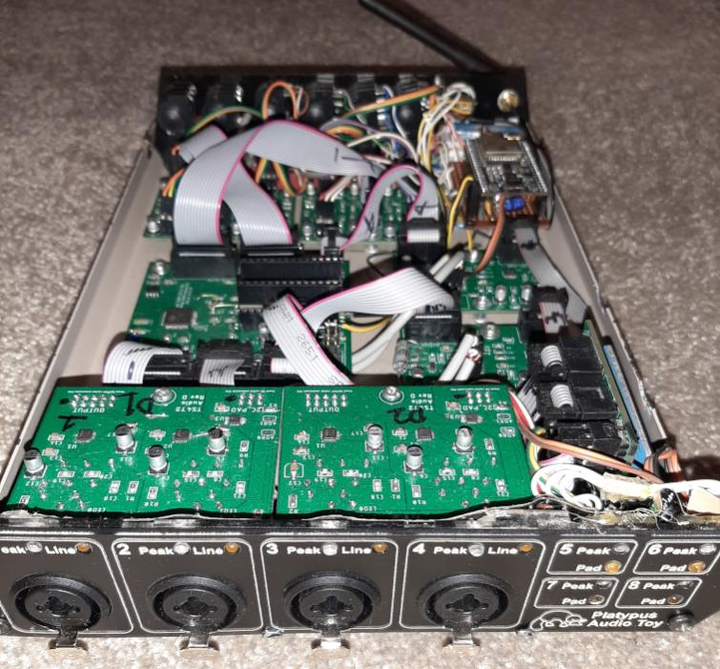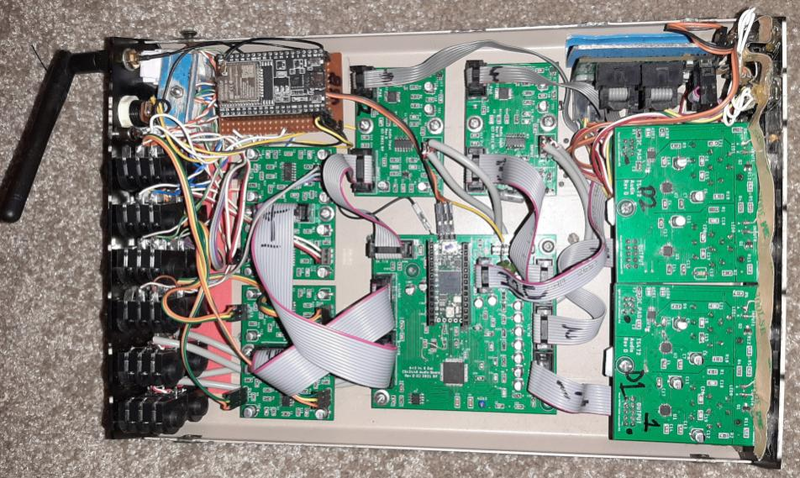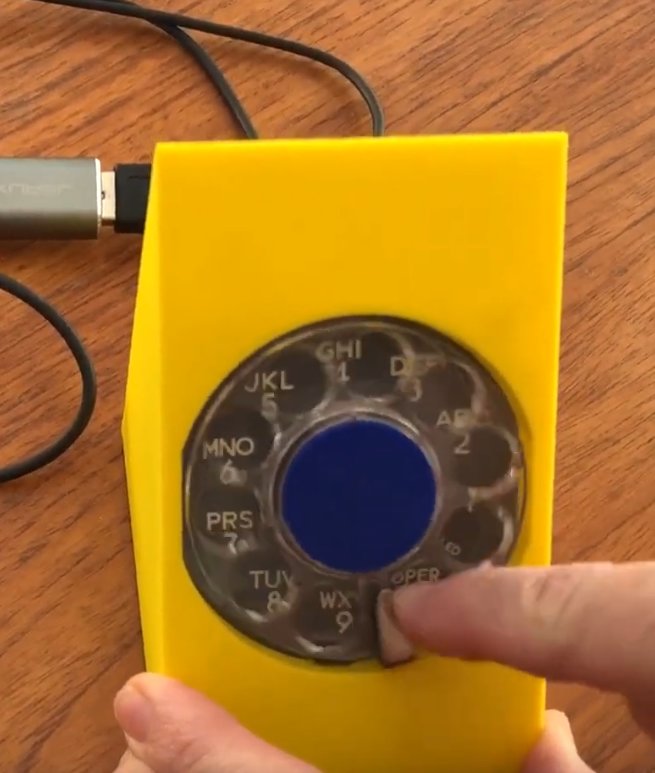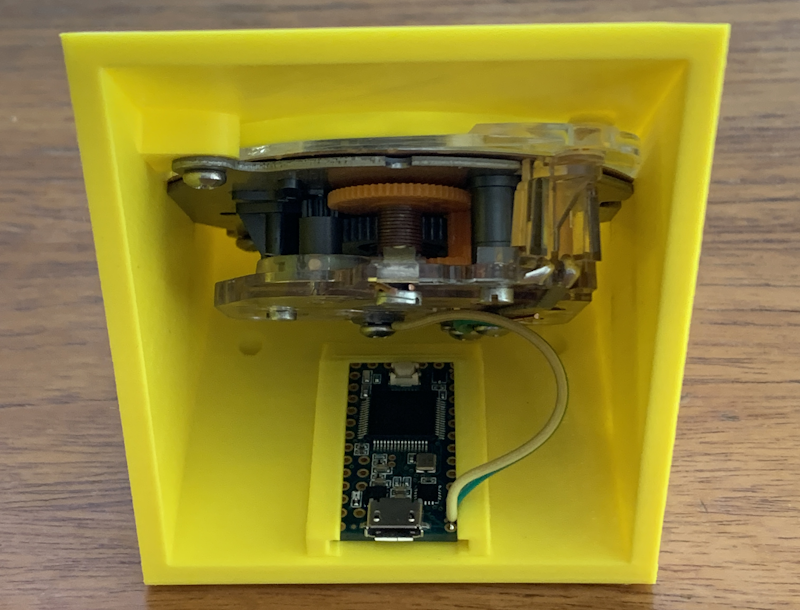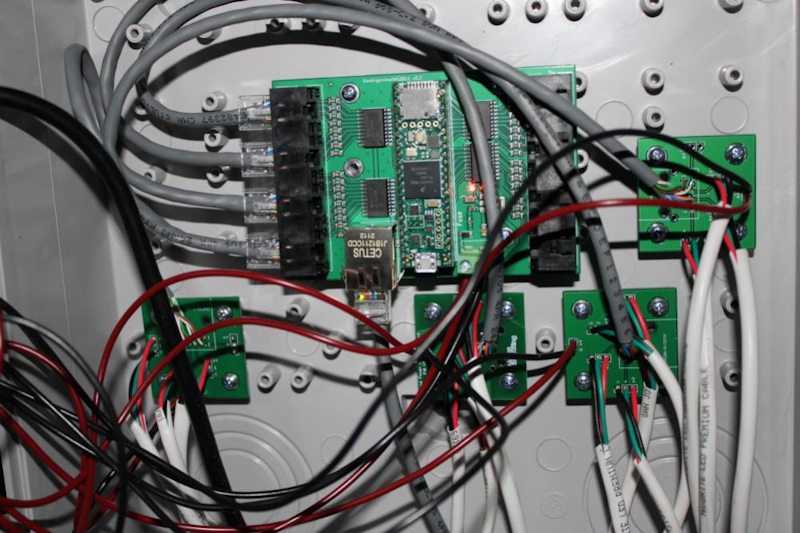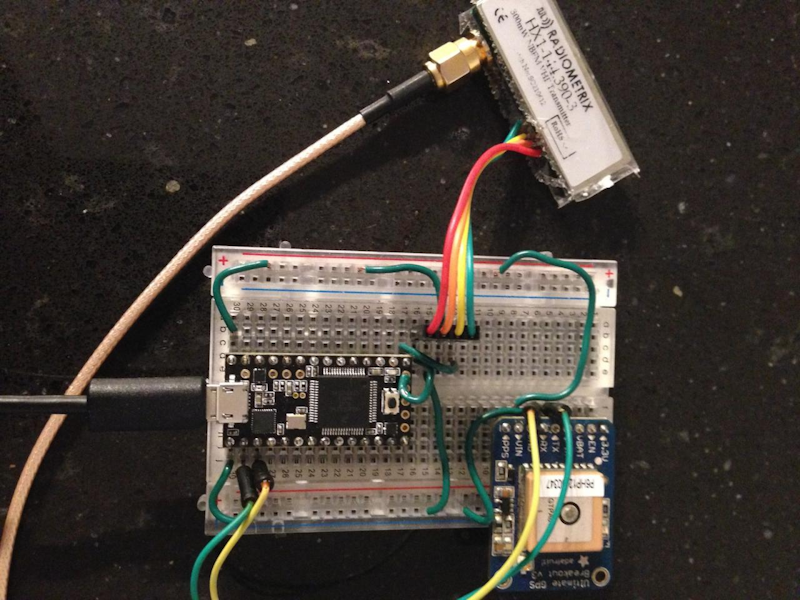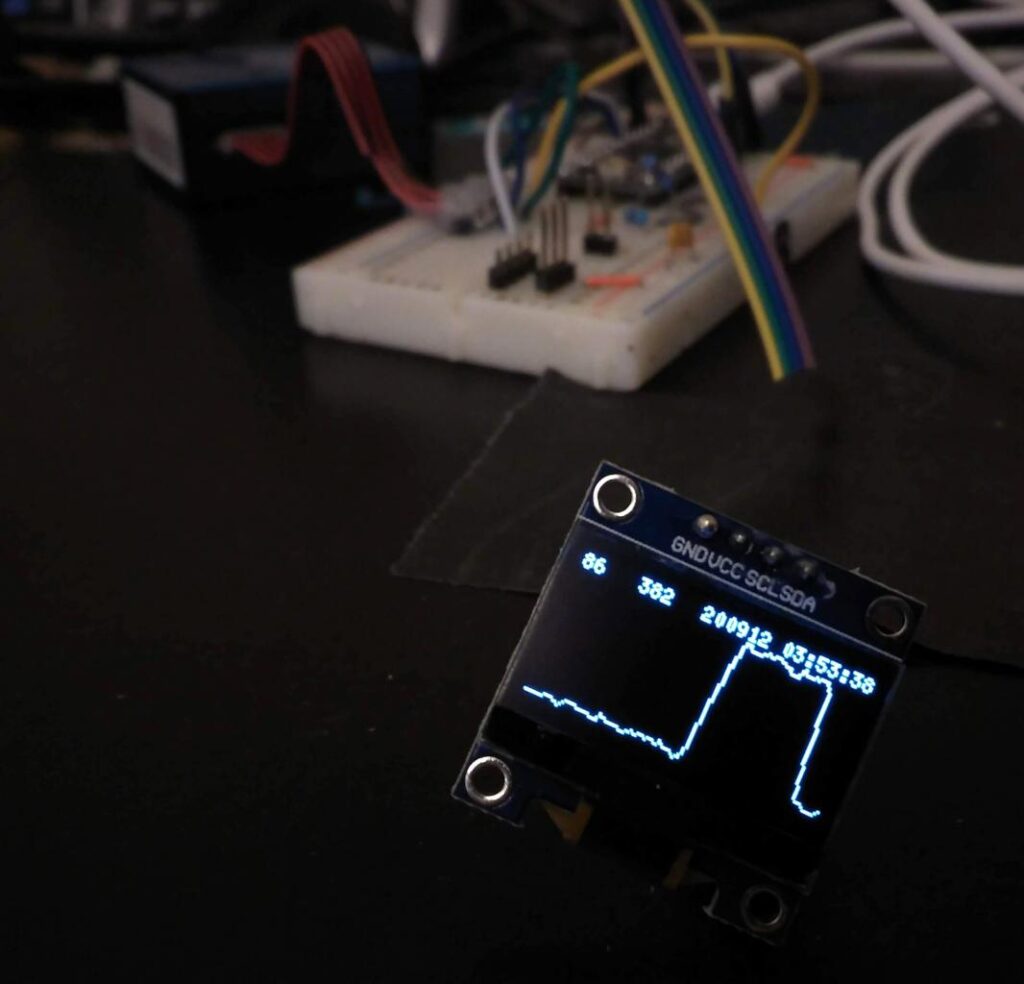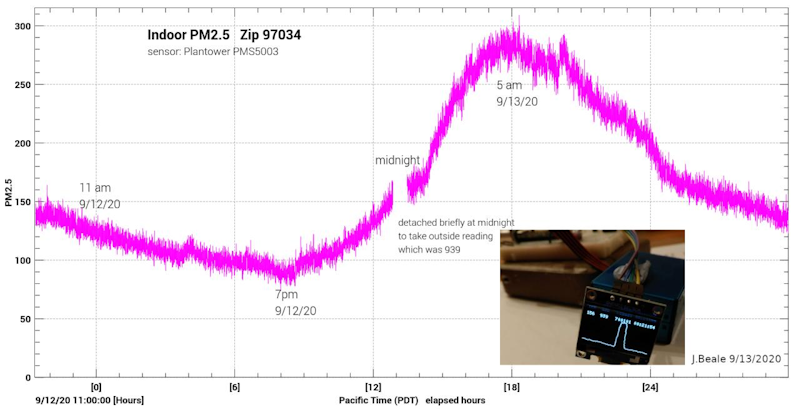Claghorn decided to create a Teensy-based hardware intermediary to transform any input device as desired before the OS even sees it.
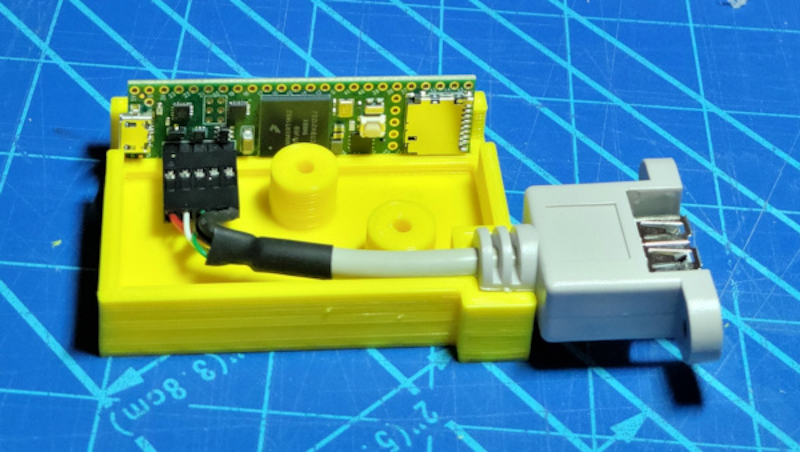
Frustration with newer Linux distros, especially the transition from X11 to Wayland, was the main motivation. While it’s open source, allowing you to theoretically tweak it to work however you like, the reality of technology marches on with large rapidly changing code is sometimes leaving that one special feature that you loved in its wake. Button mapping and drag lock – completely gone. By intercepting communication, the many features of a special complex mouse can be reassigned in any way.
The Mouse Tailor, as the resulting box is called, simply takes the mouse or other input device’s output via the USB host port, transforms it as required, and then passes the result to the connected computer as a Human Interface Devices (HID) device, appearing as if it were just a normal mouse. Source code and a detailed recounting of the journey to get there can be found on the project’s web page.
